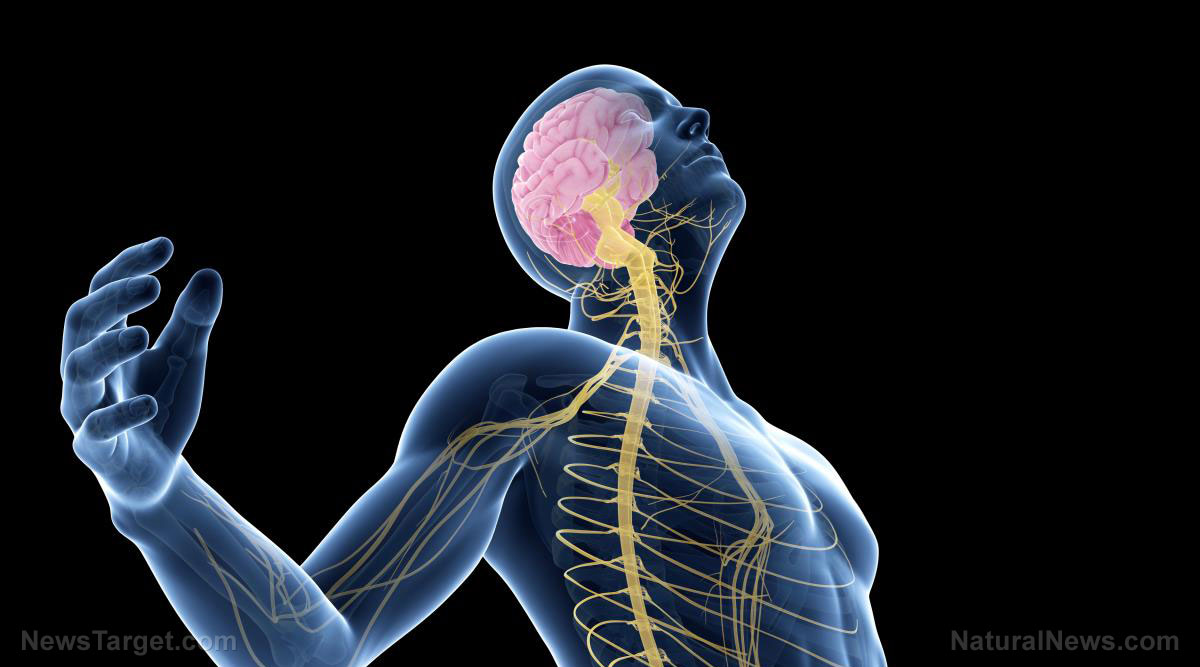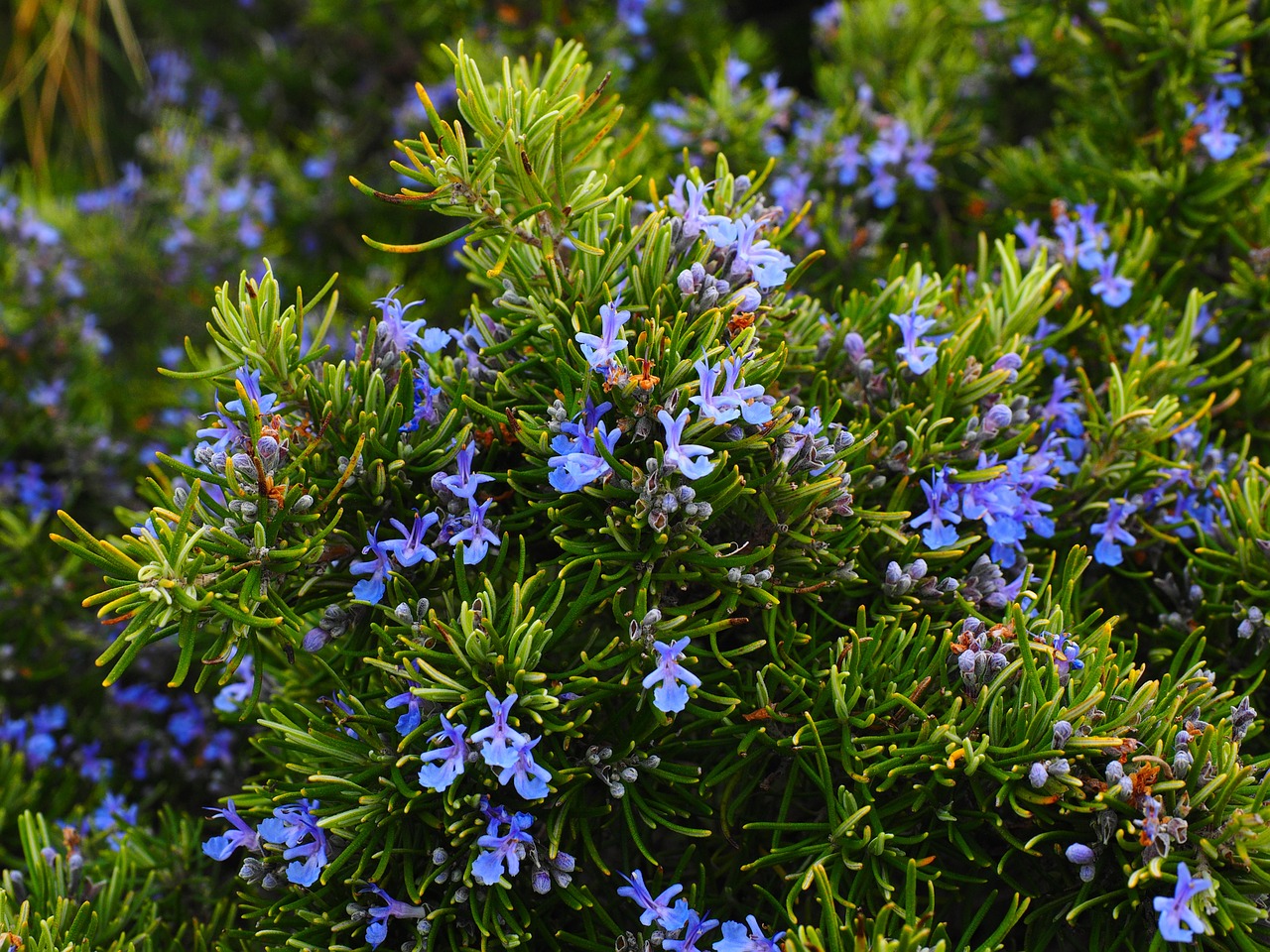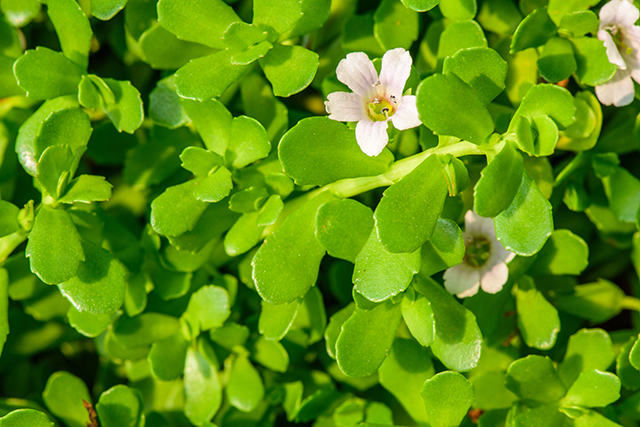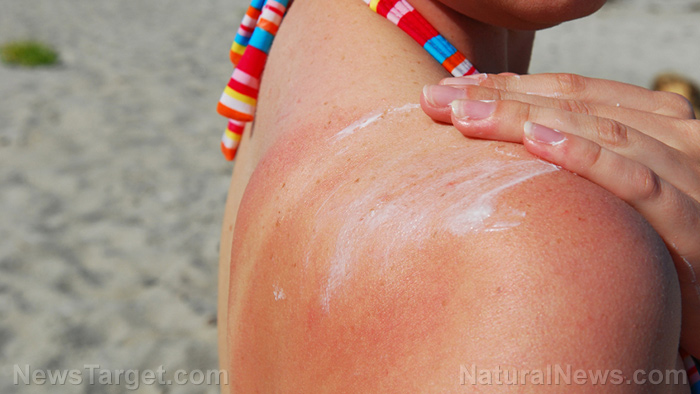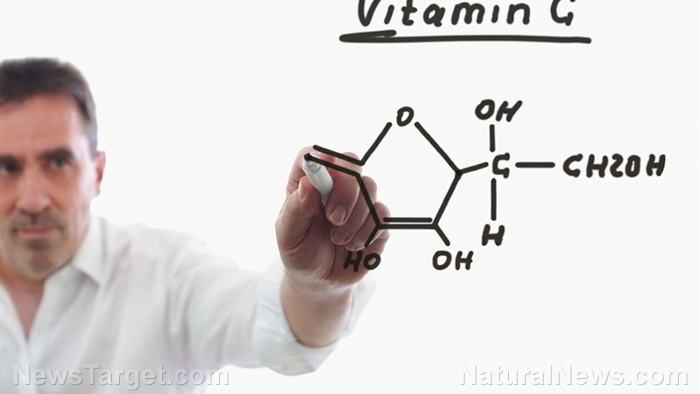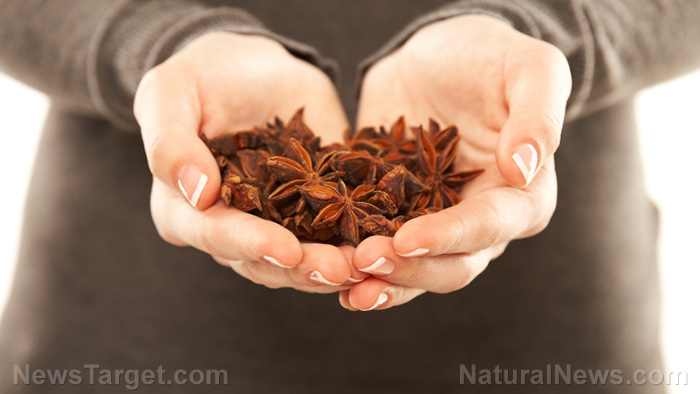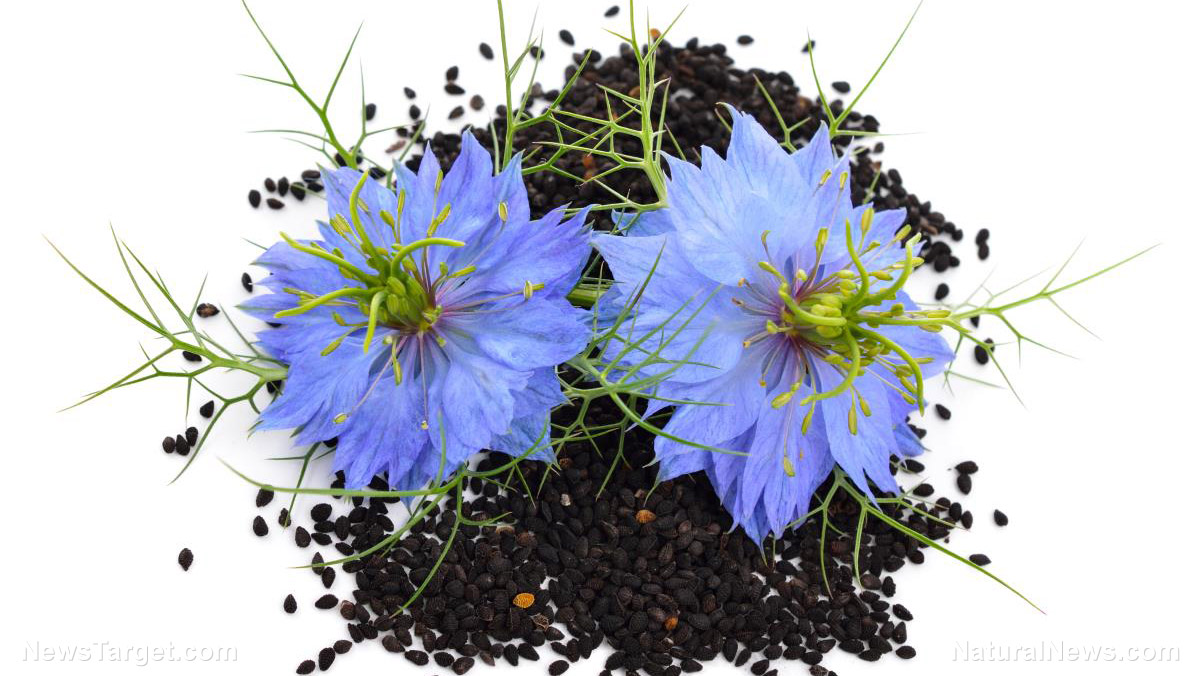Whether you’re in the pink of health or suffering from medical conditions, it’s best to read up on these foods and nutrients that can help regenerate body tissues.
When we’re healthy, the body’s default state is that of ceaseless regeneration. However, when we’re sick, regenerative processes are overcome by degenerative ones. During times like this, medicine can help the body regain balance through foods, herbs, and nutrients. But drug-based medicine often uses chemicals that do not have any regenerative potential. They might even disrupt the body’s ability to self-renew to suppress the symptoms that they are supposed to address. (Related: Will scientists soon be able to regrow organs and injured tissue in patients?)
Here are six bodily tissues and the natural ways that can help your body initiate the regeneration process:
- Beta cell regeneration — Medical experts are still looking into the “diabetes-reversing potential” of natural compounds. Despite the funding that goes into “stem cell therapies, islet cell transplants, and an array of synthetic drugs in the developmental pipeline,” the cure for type-one diabetes could be right in our backyards or kitchens. In theory, the restoration of beta cells can help diabetics eliminate the need for insulin replacement. These compounds have experimentally helped reconstruct beta-cells that produce insulin and are destroyed in patients with diabetes: arginine, avocado, berberine (found in bitter herbs like goldenseal and barberry), bitter melon, chard, corn silk, curcumin, Gymenna Sylvestre/miracle fruit (“the sugar destroyer”), Nigella Sativa/fennel flower (“black cumin”), stevia, sulforaphane (which can be found in broccoli sprouts), and vitamin D.
- Cardiac cell regeneration — Various studies have proven that cardiac tissue can also regenerate. Researchers have even discovered a class of heart-tissue regenerating compounds called neocardiogenic substances. These substances help form cardiac progenitor cells, which turn into healthy heart tissue. Neocardiogenic substances include N-acetyl-cysteine, Geum Japonicum/Asian herb bennet, red wine extract, resveratrol, and Siberian ginseng/eleuthero root.
- Cartilage/joint/spine regeneration — Both curcumin and resveratrol can help improve recovery from spinal cord injury. Meanwhile, baicalin, Boswellia serrata, and curcumin extract are some of the potentially regenerative substances that can help address degenerative joint disease (i.e. osteoarthritis).
- Hormone regeneration — Vitamin C is one substance that can help manage hormone levels. The vitamin can contribute electrons to revive the form and function of estradiol/estrogen; E2), progesterone, and testosterone. If combined with foods that can help support the function of glands (e.g. the ovaries), vitamin C can soon replace or at least be an alternative to hormone replacement therapy.
- Nerve regeneration — A study from 2010, which was published in the journal Rejuvenation Research, revealed that combining blueberry, carnosine, and green tea produces neuritogenic (or promoting neuronal regeneration) and stem-cell regenerative effects in an animal model of neurodegenerative disease. Other researched neuritogenic substances include apigenin (a compound in vegetables like celery), ashwagandha, coffee (which contains trigonelline), curcumin, ginseng, huperzine, lion’s mane, mushroom, natto, red sage, resveratrol, royal jelly, and theanine. Remyelinating compounds, another class of nerve-healing substances, can help stimulate the restoration of the protective sheath around myelin (the axon of the neurons), which is usually damaged because of neurological injury and/or dysfunction, such as autoimmune and vaccine-induced demyelination disorders. Even therapeutic actions, such as listening to music or falling in love, can help improve your health and well-being. This proves that regenerative medicine does not always require the intake of food or drugs and that it can also incorporate various therapeutic actions.
- Liver regeneration — A compound in licorice called glycyrrhizin can help stimulate the regeneration of liver mass and function in the animal model of hepatectomy. Other substances that can stimulate liver regeneration include carvacrol (a compound found in oregano), curcumin, Korean ginseng, rooibos, and vitamin E.
Further study into regenerative medicine, along with cultivating attitudes, lifestyles, and proper diets that can boost bodily regeneration, will help us to attain bodily freedom that could soon lead to “the liberation of the human soul and spirit.”
You can read more articles about Chinese herbs and other natural cures at Healing.news.
Sources include:
GreenMedInfo.com
NCBI.NLM.NIH.gov
Receive Our Free Email Newsletter
Get independent news alerts on natural cures, food lab tests, cannabis medicine, science, robotics, drones, privacy and more.

